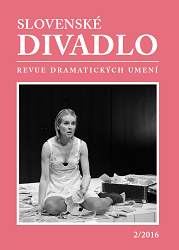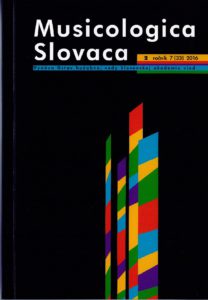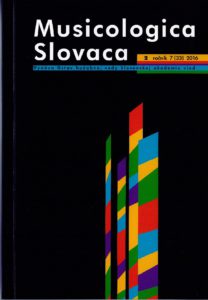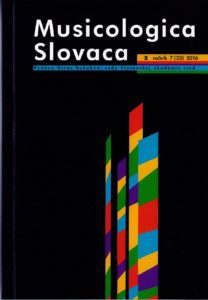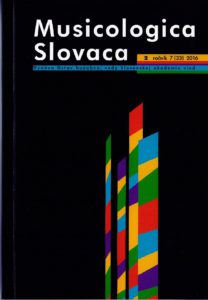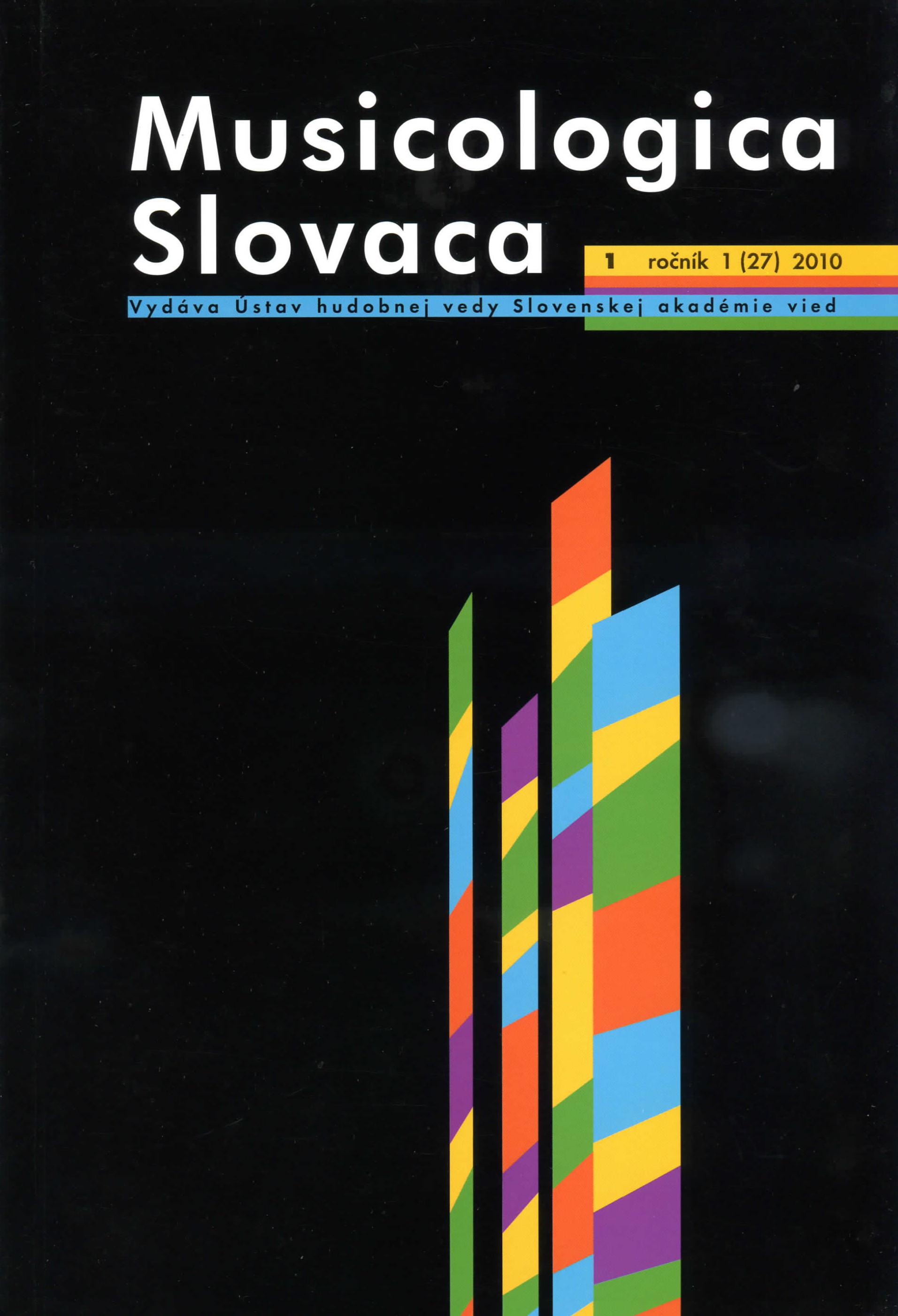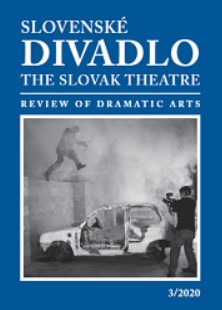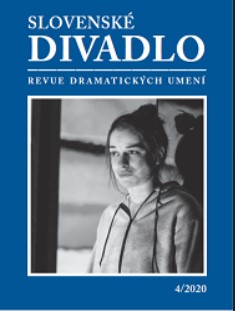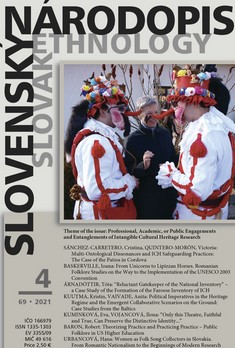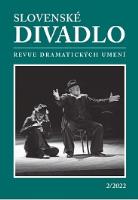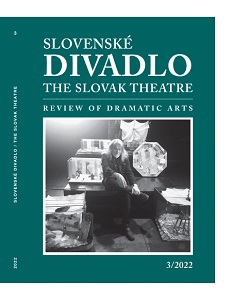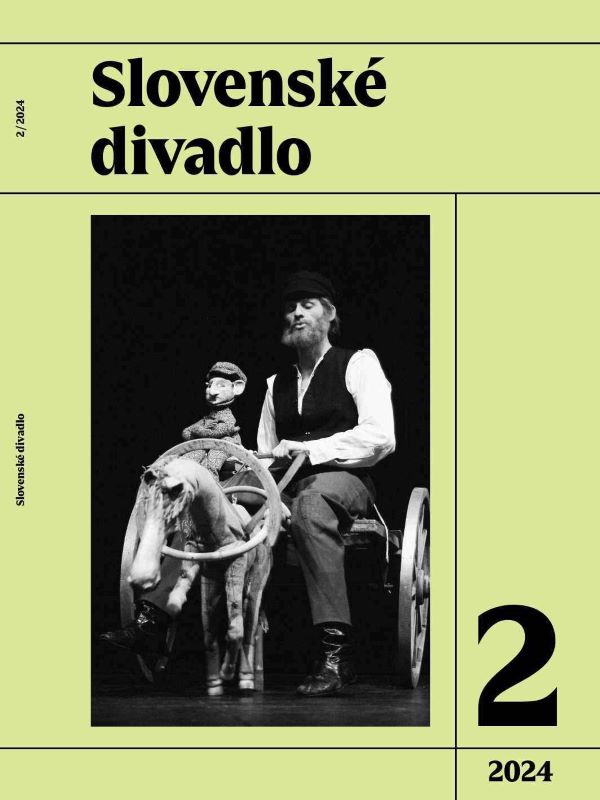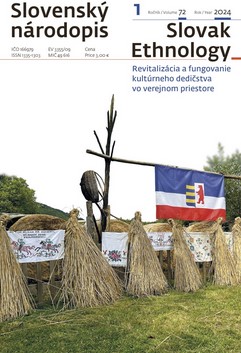PETER EISENBERG: DVOJITÝ BÁSNICKÝ AKT A DUCHOVNÁ HRA (1651). TEXT PROTESTANTSKEJ ŠKOLSKEJ HRY V DOBOVOM KONTEXTE
The school play written by the German author Peter Eisenberg in 1651 has enjoyed great attention by scholars from various disciplines in the last few decades. Excellent studies prove the excellence of this theatrical act. The present study expands the current state of research by offering a close reading of the text with a view to revealing the thinking of the time and the source of Peter Eisenberg’s inspiration. It was theology, closely connected with the Holy Scripture in the Protestant milieu, the works of church fathers and confessions. The play is accompanied by music produced by prominent composers of the time, which significantly contributes to its appeal. The play and its rich inner life have the potential to appeal also to contemporary readers,on condition that they understand the symbolism of the time.
More...
